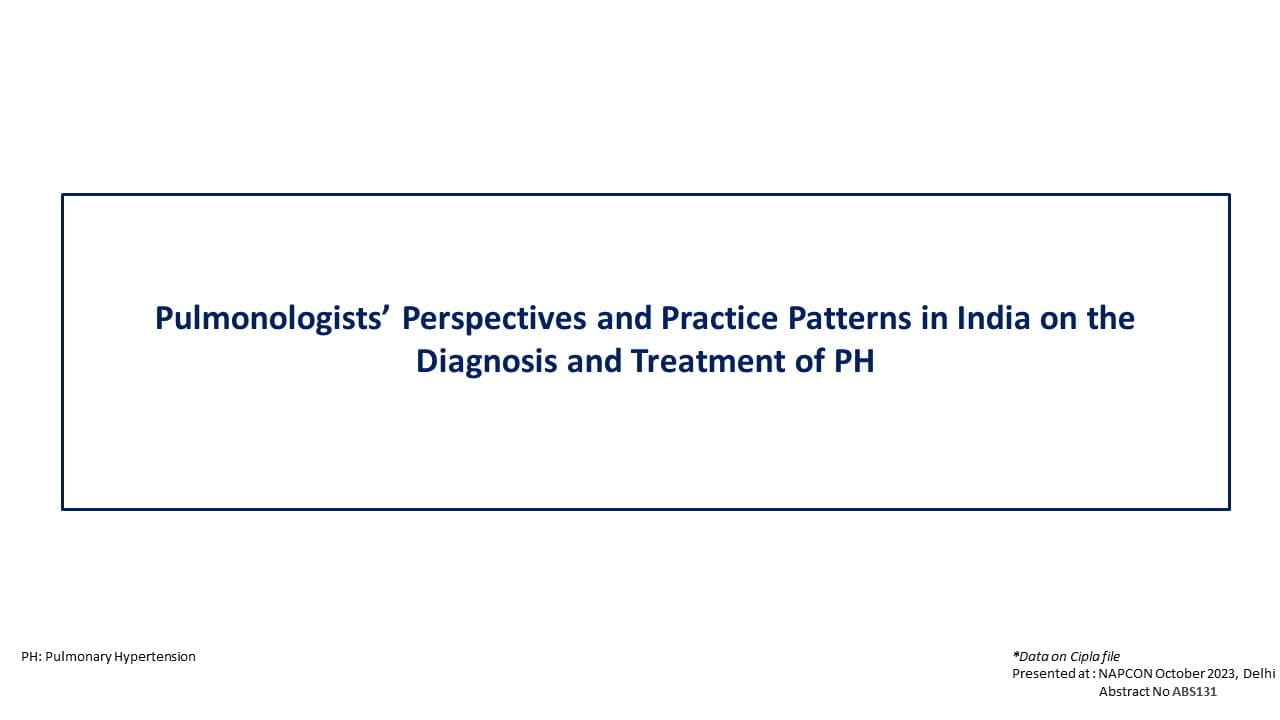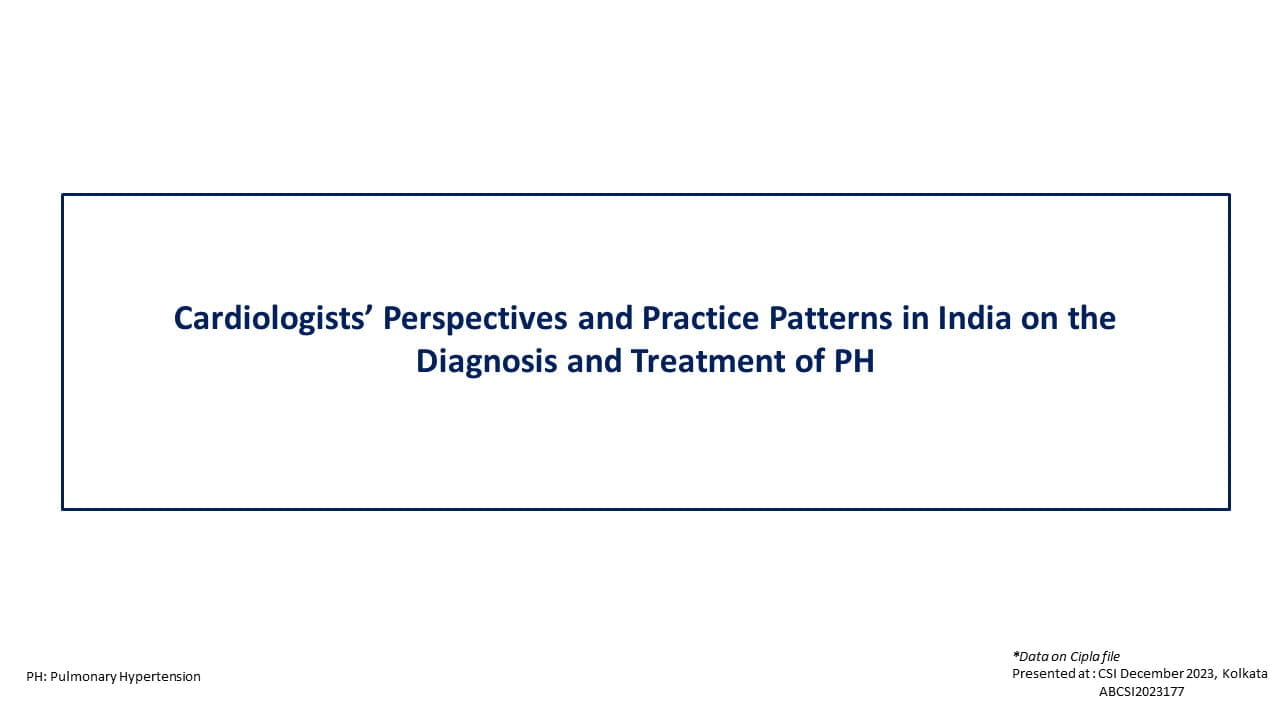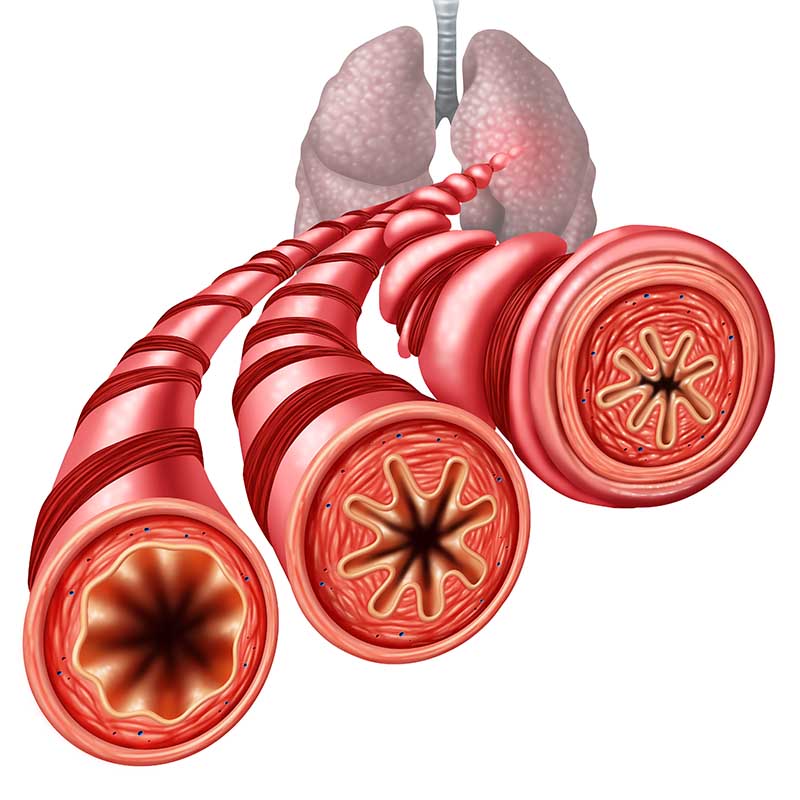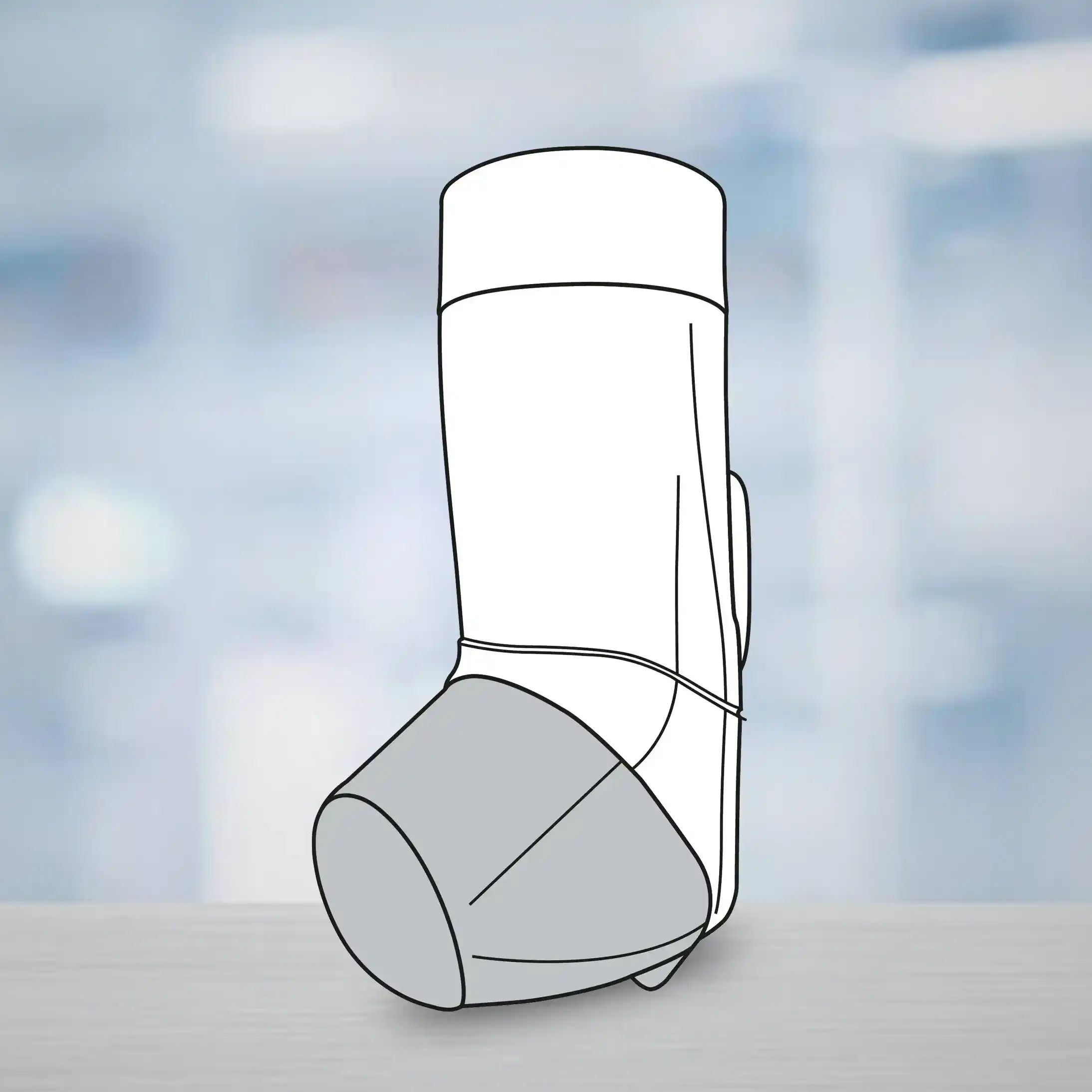Insights from PARADISE MI: ARNI in Patients with STEMI vs. NSTEMI
Introduction
Patients with an acute myocardial infarction (AMI), including ST-segment elevation MI (STEMI) and non–ST-segment elevation MI (NSTEMI), are at high risk of heart failure (HF), coronary events, and death. Angiotensin-converting enzyme inhibitors (ACEI) in particular, mitigate the risk of cardiovascular (CV) events in both STEMI and NSTEMI patients. The angiotensin receptor-neprilysin inhibitor (ARNI), sacubitril/valsartan, is a novel first-in-class therapy that improves clinical outcomes in patients with HF. Nevertheless, ARNI has not shown reduction in CV death or HF in AMI patient, hence it is hypothesized that the treatment effects of sacubitril/valsartan vs. ramipril might differ as per the MI type.
Aim
To determine whether sacubitril/valsartan, compared with ramipril, would reduce CV events as per the type of AMI.
Patient Profile
- Adult patients with AMI, complicated by left ventricular dysfunction (LVSD) and/or pulmonary congestion.
- All patients had at least 1 risk-enhancing factor such as age ≥70 years, estimated glomerular filtration rate (eGFR) <60 mL/min/1.73 m2, diabetes mellitus, prior MI, atrial fibrillation, LV ejection fraction (LVEF) <30%, worst Killip class III or IV, and STEMI without reperfusion therapy within the first 24 hours after presentation.
Methods
Study Design
- This study is a sub-study of the PARADISE-MI (Prospective ARNI versus ACE inhibitor trial to DetermIne Superiority in reducing heart failure Events after Myocardial Infarction) trial
- PARADISE-MI was an international, multicenter, double-blind, randomized trial
Treatment Strategy
- Patients were randomized to either sacubitril/valsartan or ramipril.
Outcomes
- A composite of death from CV causes or incident HF, as stratified by AMI type.
Results
- Of the 5,661 patients enrolled in this study, 4,291 (75.8%) had STEMI. These patients were younger and had fewer comorbidities and CV risk factors, compared to those with NSTEMI.
- Patients in the NSTEMI vs. STEMI group had higher incidence of death from CV causes or incident HF [9.8 vs. 6.2 per 100 person-years Hazard ratio (HR): 1.56; P <0.001) (Fig 1). Adjustment of potential confounders resulted in a marginal but significant increase in the risk of primary outcomes in the NSTEMI vs. STEMI group (HR: 1.19; P=0.05).
Fig. 1: The incidence of primary outcome in the study groups
- With regards to the components of the primary outcome, the adjusted risk of CV death was significantly higher in NSTEMI patients, but the risk of HF hospitalization or outpatient HF events did not differ significantly.
- The incidence of primary composite outcome in STEMI patients treated with sacubitril/valsartan vs. ramipril was similar (10% vs. 12%; HR: 0.87; P=0.13). The incidence of primary composite outcome in NSTEMI patients treated with sacubitril/valsartan vs. ramipril was similar (17% vs. 17%; HR: 0.97; P=0.80; P interaction=0.53).
- The incidence of secondary outcomes (CV death, HF hospitalization, outpatient HF, all-cause death, and a composite of CV death, nonfatal MI, or stroke) followed a pattern similar to that of primary composite outcomes with comparable risk estimates in both the treatment arms in both the types of AMIs.
- The risk of coronary events with sacubitril/valsartan vs. ramipril was numerically lower in NSTEMI patients (HR: 0.76; 95% CI: 0.59-0.98) but not in STEMI patients (HR: 0.91; 95% CI: 0.76-1.08). This was primarily due to a significant reduction in the risk for nonfatal MI (HR: 0.61; 95% CI: 0.40-0.91) and post-randomization coronary revascularization (HR: 0.68; 95% CI: 0.49-0.93) among NSTEMI patients.
- The treatment with sacubitril/valsartan was relatively safe as compared to the treatment with ramipril in both STEMI and NSTEMI patients. Hypotension (28%) was the most common adverse event observed in the sacubitril/valsartan-treated patients in both subsets. Ramipril was associated with a higher incidence of hepatotoxicity than sacubitril/valsartan in STEMI patients (5.9% vs. 4.4%; P= 0.02).
Conclusion
- Amongst patients with AMI complicated by LVSD with or without pulmonary congestion, sacubitril/valsartan had no significant decrease in the primary outcome of CV death or incident HF compared with ramipril, irrespective of the type of MI.
J Am Coll Cardiol 2024;83:904–914.










